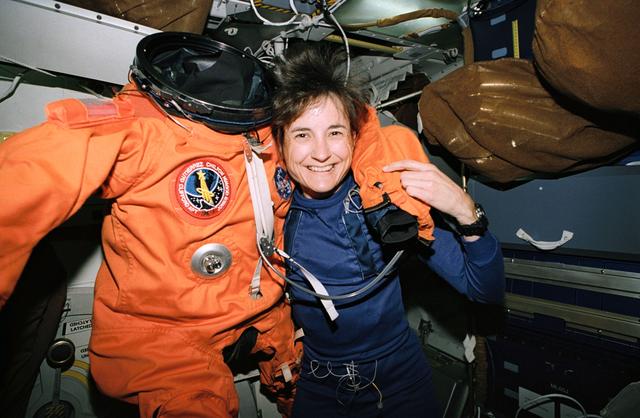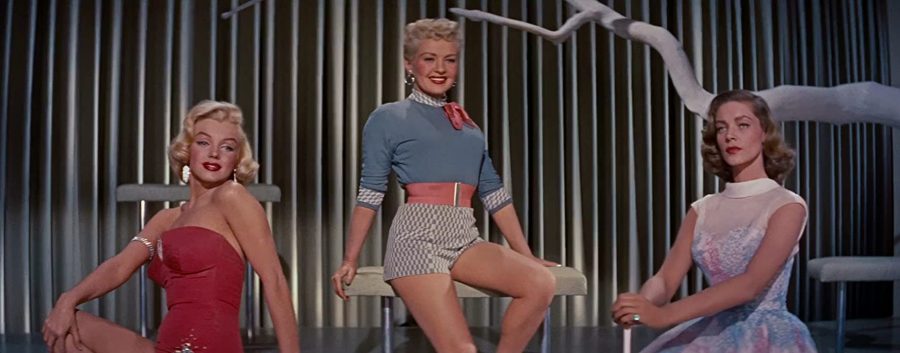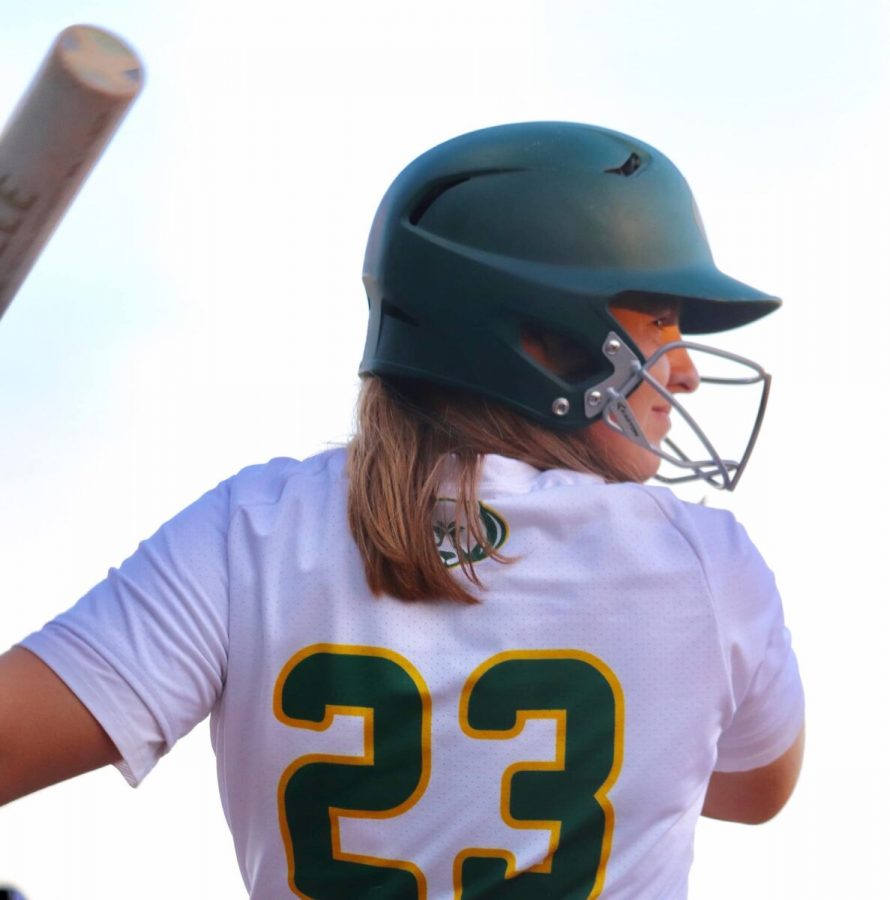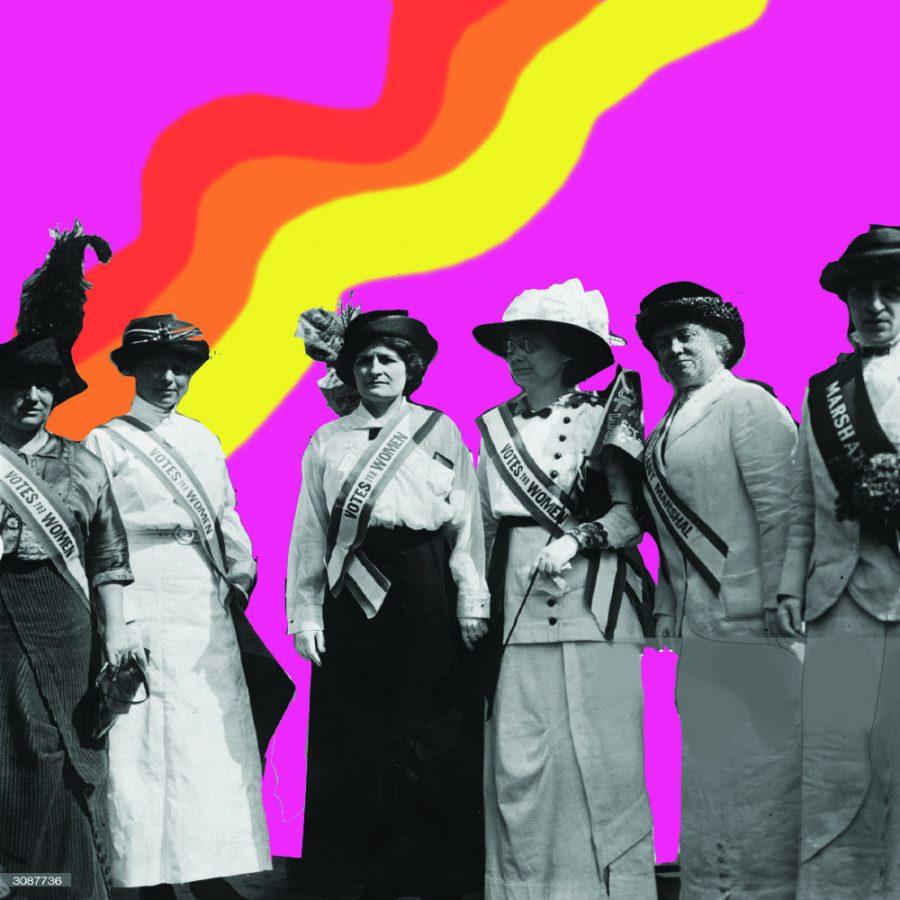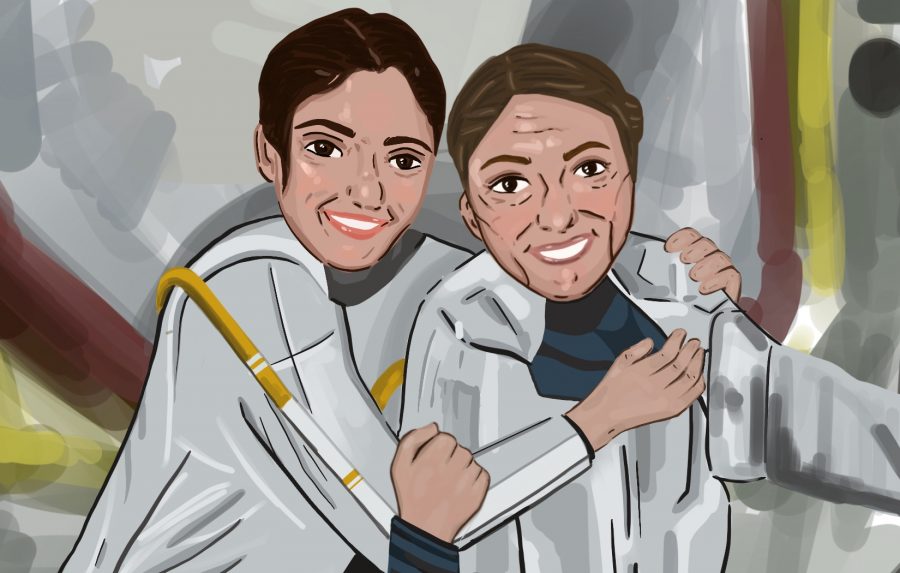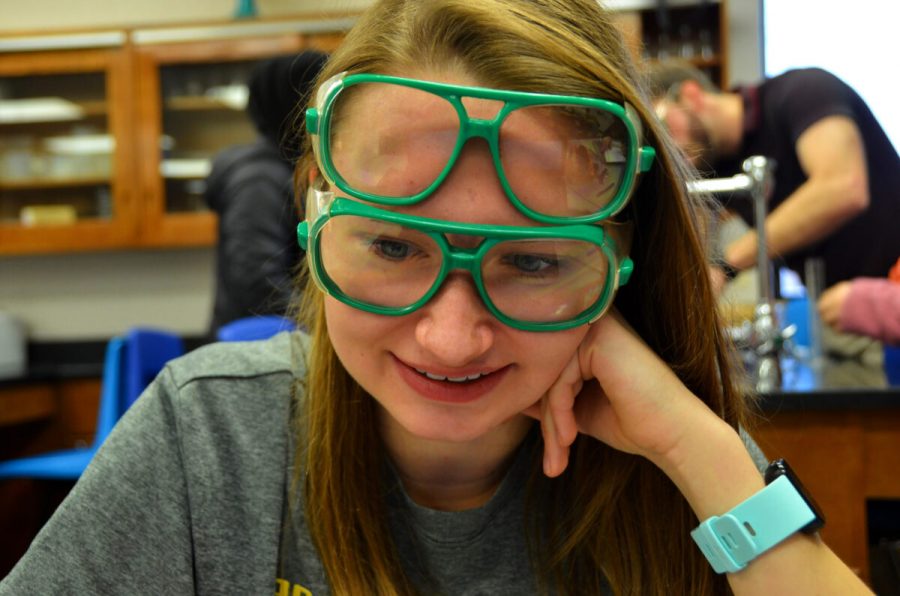Linda Godwin, scientist, teacher and retired NASA astronaut, talks about training in a water tank, her favorite dehydrated food and memories of her time in space. Born in Cape Girardeau, Mo., Godwin went to Southeast Missouri State University to earn her degree in mathematics and physics. Two years later, in 1976, she completed her Master of Science at the University of Missouri—Columbia and proceeded to pursue a doctorate in physics. Then, by 1980, Godwin was recruited by the Payload Operations Division of NASA where she began her career in astronomy.
Q: What was your job with NASA?
It wasn’t always the same. When I started there, I worked in a group called Payload Operations. We were part of the mission control group of people that interface with all of the unique scientists who flew on the space shuttle and the companies they belonged to. I was involved in shuttle flights. I worked in Mission Control and supported the integration leading up to the mission. I’d already applied to be an astronaut, and I eventually got in with an application in 1985. Even within that office, I had different jobs. Primarily for most of my time there, I was an astronaut, but even that encompassed a lot of different activities.
Q: What did you do with Mission Control?
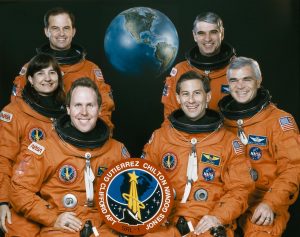
Lots of lead up and preparation and simulations. During the mission, we worked shifts on the console 24/7 when there was a shuttle flight. We were part of the communication chain that went up to the crew through a capsule communicator we called a Capcom. There was always an astronaut or astronaut representative, and he or she was the one person who talked directly with the crew because we didn’t want 20 people trying to call the shuttle. Everything had this pipeline that it went up. They developed that idea back in the early days of Mercury, Gemini and Apollo, so that was just the way it worked. My team would be there monitoring all the data, and prepare when some of the consoles would send commands up to the experiments onboard the ship in space. We would just sit on a console, listen to all these voices, and look at the data. We had a back support room of people who would communicate with us. It’s just a lot of monitoring, communicating and facilitating a very effective flow of information to the shuttle and looking at what came down for a successful mission.
Now we have communication satellites, and all of our communication is through tracking and data relay satellites. Sometimes, though, it’s nice not to always be in communication because you get a break. Speaking from the crew perspective, we’re like, “Okay, we don’t have to listen to them for a while.”
Q: Can you describe your experience in space and how it compares to Earth?
I’ve been to space four times, and there are so many perspectives. From just the work perspective, it’s very intense. I thought shuttle flights were like a sprint because we had so much planned for a few days and a timeline that we get updated every day. Every moment was very planned, and we knew exactly what we were supposed to be doing, whether it was personal hygiene or food prep just on the human side of things, using the robotic arm, prepping for a spacewalk, doing a science experiment or deploying a satellite. There is tons of planning ahead, adapting when you’re there and a little frustration. Living in that environment was very different in a couple of ways. First of all, being aware that we’re going around the Earth every 90 minutes. We didn’t always have a lot of time to look out, but that gives such a perspective on the planet because we’re only a few hundred miles high.
There’s also the fact that everything has to be done in that microgravity environment. It’s sort of fun, but then you lose stuff, or it floats away. Good habits have to be followed because if you leave something out even on velcro it might get knocked off. So it’s just living differently.
Q: Have you been to the International Space Station?
Yes. It was my last flight. We took up three people, and brought three people back, had some supplies for them and did a spacewalk there.
Q: Do you have any favorite memories from space?
Part of it’s being part of a team, both through the crew and all the people that are a voice on the ground, because they’re the only humans we’re connecting with. I liked being able to listen to some music and look out the window at the planet as it went by. Actually rendezvousing and docking with an object in orbit, which I did on my third and fourth flights, was interesting too. It’s the physics and the engineering applications that allow us to rendezvous in space like how our orbits would meet up and match speeds and dock. It’s kind of a complex dance, but getting to do that and then actually opening a hatch between two vehicles and seeing other people up there was very special. Particularly, I think going to the Mir Space Station was really unique too because it was part of the Russian Space Agency. We brought up an American astronaut that was going to stay for several months. On my third flight, we docked with the Russian Space Station, which is not an orbit anymore and my last time in space, I saw the International Space Station.
You need to see the inside of the Russian Space Station. That was pretty unique.
Q: What adaptations did you face in space?
We don’t have weight, but we’ll still have mass in space. Something will look heavy, but you could pick it up too hard because that’s what your brain is used to telling yourself. If you do that up there, and you would just shoot the object off, and it would go hit something. You just start to scale all these new measurements and the brain just does it. You also learn to move your body kind of like how you lift objects because you have to use hand over hand technique when you’re pulling on things. However, you can’t even do that too hard because you’ve got that mass motion when you need to stop. If you’ve ever skated for a long time or been out on a boat or even if you’ve ever been in a swimming pool for a long time, you’ll get used to that motion, and you’ll feel a little heavy when you get it out. You just got used to a different environment. When coming back from space, it’s the same thing. I remember moving my head, and I just felt like I was turning all the way around because it was my inner ear and my brain accentuating my movement. I wasn’t controlling that; it was just happening.
[When I went back to space a second time], it was a quicker adaptation. I thought “I feel like I’ve been here before.” The people who stay a long time adapt physically, and they have to work pretty hard for heart and muscle strength to make up for a loss of exercise. Here you just walk everywhere and that’s exercise, even if you’re not working out at the gym. In space, all of your incidental exercises are greatly reduced. So the astronauts on space station work pretty hard, and they still have to adapt; it’s just more physical than what your brain retains.
Q: How did you feel before your very first flight?
There were a lot of unknowns. We trained and trained, and I felt ready for the big thing. I remember sitting on the launch pad before we were strapped in. I had a lot of friends and family that drove down, and I was like, “I think we’re going to launch today and they’re going to get to see it.” I really didn’t know how it was going to feel.

The liftoff was kind of surreal. On my first flight, I was by myself in the lower deck, and then I got to swap out and sit on the upper deck. Then after that, there was no view of outside, but I felt the thrust, the millions of pounds of thrust, and there was a lot of physical shaking, and I just like “Wow, this is really overwhelming.” I didn’t have a job to do right away, although as soon as the engine was cut off after eight and a half minutes, I had to get out of my seat to do some photography and video documentation of our external tank that we separated from. I was just sitting there thinking, “Okay, here’s what I’m going to do first, second, third and fourth.” You also have to think that for the first time, as soon as the engine’s cut off, everything is in free fall. We’re falling through space, falling through gravity, but we don’t feel the effects of it. That means everything I do, I’ve got to think about where I’m stowing it, like “Where am I going to put my gloves, so that they don’t fall off. What about my helmet?” I had to think of that ahead of time. Then I was thinking, “Oh no I’m going to float and do my assignments and I’ve never floated before.” It was always just thinking ahead and keeping busy.
My first time looking out of the window though, it was like I didn’t think our planet would look like that because it just filled the view entirely.
Q: Have you been on any spacewalks? How was that experience?
I did two different missions, and I did a spacewalk on each. It’s a lot of preparation to go outside and work in a pressurized suit. I had a lot of confidence in the suit and we were really busy, so I didn’t feel uncertain about it. It’s a very high profile, though, and everybody’s watching, so it’s different. We train hours in the water tank in the suits, and some things are harder in each place. A human in that suit is probably around a 450-pound mass, and if you were on the surface, it would weigh that much. That’s a lot of mass to have up there. Position anchoring is very difficult, which is why we use foot restraints in different places so we can put the boots in. Sometimes using two or three tethers kind of triangulates a more stable position. Working outside is different in that you have a massive suit that changes the dynamics. You don’t stop and think about it that much, but really there’s just that suit between you and the space vacuum and orbital debris.
Q: How long did you train for?
We would normally be assigned to a flight about a year ahead of time and go into full-time training six or seven months ahead. It really varies though. My first flight [was delayed] a year and a half, so we just kept training. I was the Payload Commander on one flight, and I got assigned two and a half years of training for that mission. Part of it was training for my flight, and part of it doing other technical assignments. In general for the shuttle, a year was average for the generic training. Space Station training today is really different. They do a lot of their training in Russia; they learn Russian, and they go to other parts of the country. Some of this is done before the assignment, but there’s a big overhead for the space station. The shuttle had a lot of systems to learn, and the space station is even larger. Then they have to learn how to go up and down in a Soyuz spacecraft. So training flow today is kind of different.
Q: Who was up in space with you?
A very strict crew between five and seven for all of the flights.
They were already people I would have known because we’re in the same office. There would be a room that was for our crew called our crew office, and all the desks would be in the same room. On the crew I got assigned to on my second flight, the first thing we did was go on a camping trip together, and we all had to fix a meal. You just start being together in the same room every day, and we would go to all the same training. When we were trained to do something in the simulator, everybody would have a task, and it would be choreographed, whether they were programming some of the maneuvers, actually doing some flying with the hand controllers, operating the cameras and the video or setting up a laptop to help with the docking queues. Everybody had a job, and we would train that a lot. Mission Control would be sitting in their room, and we’d be in a shuttle simulator, and they were the instructors that would have a simulation script developed in case of certain failures. As a team, we would solve all of these issues. Over that time, we would just spend a lot of time together for months. If we had an event to go to that wasn’t in Houston at the Johnson Space Center we would usually all go in T-38 trainer jets together with two people and one pilot in the front. We would do that traveling together. NASA actually viewed flying together in the T-38 jets as part of the crew training for good teamwork because that also was a team effort to do different things during the flight.
Q: How was the food in space?
The food was actually pretty good. It’s improved dramatically over the years, and our food engineers at Johnson Space Center stepped up their game even more when they had astronauts that started to stay for months in the International Space Station. There’s a lot of choices we have, and overall it’s pretty good. We could take some fresh food at the beginning and that would get eaten first. Everything was pre-packaged and we called it thermal stabilized because we didn’t have a freezer or refrigerator but we could heat things up. What I found myself thinking about was salad, and that it would be good to eat when I got back or even just something like a hamburger. The veggies for our trip would be a little mushy because they were already pre-cooked and freeze-dried and we would add water to the little pouch they were in and put it in the warming oven. So, you got your veggies that way, but they were not the way I like my vegetables. It was a little different but overall we had different kinds of soups and stews and desserts and vegetables.
Q: What was the training period like?

It was pretty much a dedication. The schedule we got handed each week controlled our lives. We didn’t plan on too much personal time or vacation time. A lot of it was sitting down training like classroom training, or being in the simulator for hours. Sometimes we would even do simulations that were two to three days long, so that mission control could practice their shift handovers and have a different team come in. They would be working on some problem, and it was really important to know how to hand that over to the next team. We would get to go home and sleep, kind of simulating what you would do in a day. The hours in the water tank were pretty intensive, and they took a lot of effort. We would spend five or six hours in them, just performing a task because that’s how long you might be outside. We train hours in the water tank in the suits, and some things are harder in each place. The vacuum of space doesn’t have the water drag, so it’s much easier to move than in the tank. The first time I was in space, though, I was translating down the side the cargo bay of the shuttle, and I overshot where I wanted to stop because it was so easy to move compared to the water which has a lot of drag. When I wanted to stop in the water, it was easier whereas in space as soon as I wanted to stop, and I’m using my hands, my whole body and suit kind of pivoted around, but I got used to it eventually.
During the actual simulation, 80% of it was training for ascent and entry failures because those are the more dynamic phases and reaction time was quicker. By the time we got into orbit, a large part of our training had already been basically in the past. Sometimes we would go to meet with the principal investigators and scientists who were working on the mission. Sometimes there was some international travel with it, which is kind of fun, I enjoyed doing that.
Q: What advice would you give to young people aspiring to go into the astronomy field or become astronauts?
You never know what’s out there, but you have to pick something you really like. First of all, you’ve got to acknowledge that your education has to be in a certain area. If someone’s interested in being an astronaut, even today, you still have to have a degree in some science, engineering, medical or technical field. You have to pick something you really like doing overall because if you try to force-fit something just for that goal, you may not be that happy, and then it’s less likely to work out. They select a lot fewer astronauts these days because we don’t have as many flight opportunities, but somebody gets picked. I would never tell someone it couldn’t be them. Pick something only if you really want to do that and then just work hard at what you want.
Q: Were you ever homesick?
My first spaceflight was the shortest. My longest was between 12 and 13 days. I don’t know how to compare that experience with Christina Koch, who just got back after almost a year. Eventually, one does start to miss our planet and the Earth and your family and the people. Before my very last flight, my daughter Lauren was about a year and a half years old, and it was harder than I thought it would be to leave her. That flight got delayed a week, and we had to go into quarantine for another week before the mission to keep from picking up germs and getting sick. Then there was a delay in our launch that took over another whole week to fix. It was just a long time to be away from my family. I think you’ve got to have a certain focus for every day, or it would kind of wear on you. As unique as it might seem to be up there, like, “Oh, it’s this great laboratory space station floating around looking out the window,” eventually I would miss the wind and the mountains and the grass.
Q: What were somethings you missed from Earth?
Immediately it didn’t really play a role. There were just so many new things getting started and we had waited so long in training. I wouldn’t say I missed anything immediately. In one of my missions, we operated in two shifts, and it was an earth science mission, and a lot of our job was to look out the window and document things. In that sense, it was great. We learned so much about the different sites on the earth that the investigators were interested in. That it was one of the longer of my missions, not long compared to today, but we got a day extension for the weather, we couldn’t land. So, we were up an extra day and we were really done with all the tasks, the instrument itself was shut down and stowed, our film was basically all used up. I just remember that we were pretending there was a table between us, it was really some control console, and we were sitting on each side. We had one of the guys pretending to be a waiter and we were all ordering food we would get at a restaurant. It was actually usually a salad and a hamburger, and that was pretty funny. It was definitely not the food we were eating for 13 days, it was like let’s have something different. Just a normal bathroom experience, or having a shower was something I missed because everything was pretty cramped on the shuttle. It was really good to have a family to come back to like seeing my daughter after my last flight where she learned to say no while I was gone. However, those were great moments to be able to come back and see them. It’s people you miss as well as our beautiful planet.
Q: What was the most difficult part of the trip?
I mean, personally, I think that the risk was greatest on ascent and entry. The difficulty with ascent was just waiting on the launchpad, and then finally getting through those eight minutes on the flight. In orbit, it was making sure we got everything done. The challenge of using the robotic arm, and making sure you got all the tasks got completed. In some sense, I always viewed the ascent as the more risky part of the mission, so after, I kind of thought “Ok, I’m over the hump”’ You always think you’re gonna make it safely or you wouldn’t go, like if you think today’s going to be your day for a car wreck, you wouldn’t get in a car. On reentry, one of the ways our body adapts in the microgravity environment is that there’s a fluid shift. When we walk around here, we actually have a little more fluid that pools down in our body, because our cells give up their water it gets collected in our kidneys. One of the things we did in space was urinate a lot because the fluid shift triggered something in our body that said we had too much fluid, so we would get rid of fluid. It was really important to keep drinking for the whole mission. Then, we would do this thing called fluid loading before we came back, which was a little bit based on body weight. We would have to have salt tablets because we retain water in our cells better with salt. We didn’t want the body to flush the water out right away. We would have to drink all this water with salt tablets and that made some people feel nauseous. It didn’t really bother me too much, but I learned you don’t want to drink it too soon because then your body gets overwhelmed. I never wanted to drink water until I was sure we were committed to landing because I was afraid I would really have to go to the bathroom.
I also started feeling hot on reentry, and I felt a little heavier. The challenge with reentry is that it’s much quieter and it doesn’t have the dynamics of ascent. Really we’re just gliding home. We had to slow down and lose some velocity. Then it was energy management all the way to the ground in a glider with some jets firing for control before we got deep enough in the atmosphere. It starts to feel a little uncomfortable, really warm. We had a cooling garment on under the suit that would help a little bit. We were feeling good on orbit because we were totally adapted, but for landing, we were just feeling a little crappy after landing. We went through that transition, but yet we were home so it was a balance.
Q: Were there any issues you faced with your personal tasks?
On my first flight in 1991, one of my jobs, as we were coming home, was to record our entry, the people, the displays and the windows. The technology then was different back in 1991, so this camera was probably a bigger camera than you would use today. I had it strapped to me because we didn’t want it falling or floating away. But the funny thing was, it wasn’t all that heavy, so I started out with it floating. As we were no longer in a freefall trajectory, it started to feel heavier and heavier, and I couldn’t hold it up. It wasn’t that my muscle had gotten weaker; it was that my brain wasn’t yet telling my muscles how I had to hold it. I found myself dropping my arm on my leg to help me hold that camera up because the darn thing felt so heavy. So that’s the effect we went through coming back because our body was saying. “’Hey, man, I worked really hard to adapt to this place, and now you’re doing this to me today.” It just makes you feel out of it for a while.




















































































